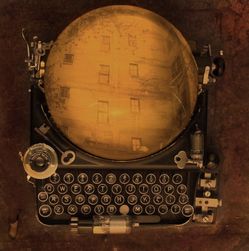This observation, lifted from a conversation about something else entirely, is quite worth pondering when I get back to working on Humorless:
Steampunk, to me, often seems to have a whole lot of ‘steam’, and very little ‘punk’.
Which is to say, the emphasis often ends up on the trappings of the fictional steampunk age (flying machines, engine magick, people wearing goggles for no real reason, etc), and not the social issues behind the fiction – class struggle, the social effects of technological revolution, and protagonists who are at odds with authority but lacking in social power or influence.
Couldn’t have said it better myself (largely because it hadn’t consciously occurred to me).
Now, to be fair, there isn’t a LOT of steampunk to be had in the first place, so in ways this is an understandable omission — the author might feel pressure to turn up the ‘steam’ volume on their story to get it recognized as such, and ignore the other half the equation.
I’m thinking over Humorless in light of this observation, and I see a similar kind of overbalancing – zeppelins, brass fittings, strange weapons… sure, but where’s the social imbalance and conflict? It could (and should) certainly BE there, to earn the ‘punk’ syllable… but it isn’t.
(Part of me whines that it’s comedy, not a social commentary, but that’s a cop out.)
Actually, if you accept this whole idea, Girl Genius isn’t steampunk — it’s much more some kind of Steam Fantasy for which there is no official genre designation.
Hrm. More later.


